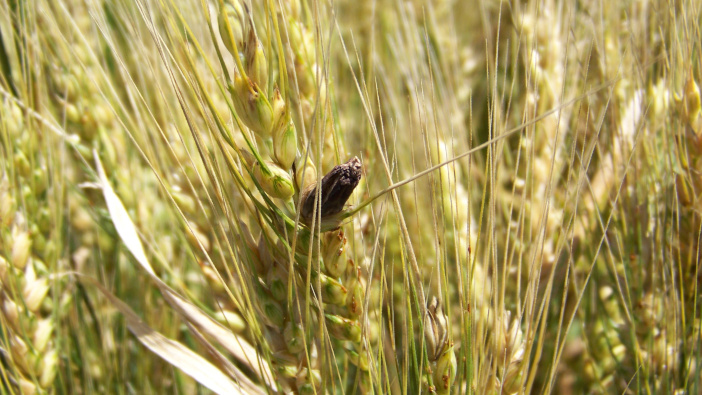A thorough review has enhanced AHDB guidance to help UK farmers cut ergot risk, reduce crop infection, and ensure grain quality.
The ADAS-led review assessed both academic and industry stakeholders, including current ergot management guidelines.
It outlined four key strategies published on the AHDB website, with more in Research Review 102.
The fungal pathogen, ergot (Claviceps purpurea) is highly toxic and infects UK cereals during flowering, forming hard, dark ergots in place of grain.
GB sets ergot weight limits for feed grain and zero tolerance for others. In 2022, the EU introduced stricter rules, including maximum ergot alkaloid levels (affecting NI), now under UK review. Alkaloids, detectable even without visible symptoms, provide a tougher grain quality test.
The ergot review was funded through a levy-payer-led process and developed with input from the Ergot Working Group, chaired by UK Flour Millers (UKFM).
Joe Brennan, UKFM head of technical, said: “The AHDB contaminants monitoring project shows that ergot alkaloid levels in UK cereals are generally very low, but spikes are seen in some cereal samples in some years.
“Ergot is adding costs across the cereal supply chain and contributing to food waste.”
Management strategies
The four strategies target key stages of the ergot life cycle, with the most impactful interventions outlined below:
- Reduce Initial Inoculum: limit viable ergot to prevent primary spore production. Key cultivations should include using clean seed and burying ergots at least 5 cm deep for a year. Ploughing is most effective, but any cultivation is better than direct drilling.
- Reduce infection risk: grow lower-risk crops to reduce infection. Effective interventions include rotating with non-cereal or less-susceptible cereals (from most to least susceptible: rye, triticale, wheat, barley, oats). Varieties with open flowers, longer flowering periods, or more late tillers are more at risk.
- Reduce secondary spread: control grass weeds to prevent spore sources. Ergot infects many grasses, including black-grass, which flowers early. Key interventions focus on integrated weed management to lower grass-weed pressure.
- Reduce contamination: Identify where ergot is and manage grain to protect clean crops.
Harvest high-risk areas (e.g. headlands, tramlines, margins) separately where possible and keep contaminated grain isolated. Cleaning can help,p but may not fully remove small ergot fragments.
Kristina Grenz, AHDB scientist (contaminants), said: “We now know far more about ergot. By mitigating ergot risks in the field and in grain, combined with modern production practices, we have a much greater ability to manage ergot than we did in the past.
“The ergot management interventions will need careful integration in production systems, especially to deal with competing objectives, such as the use of reduced tillage or ergot-susceptible grass species in field margins.”
The full set of interventions is available on the AHDB website: ahdb.org.uk/ergot



